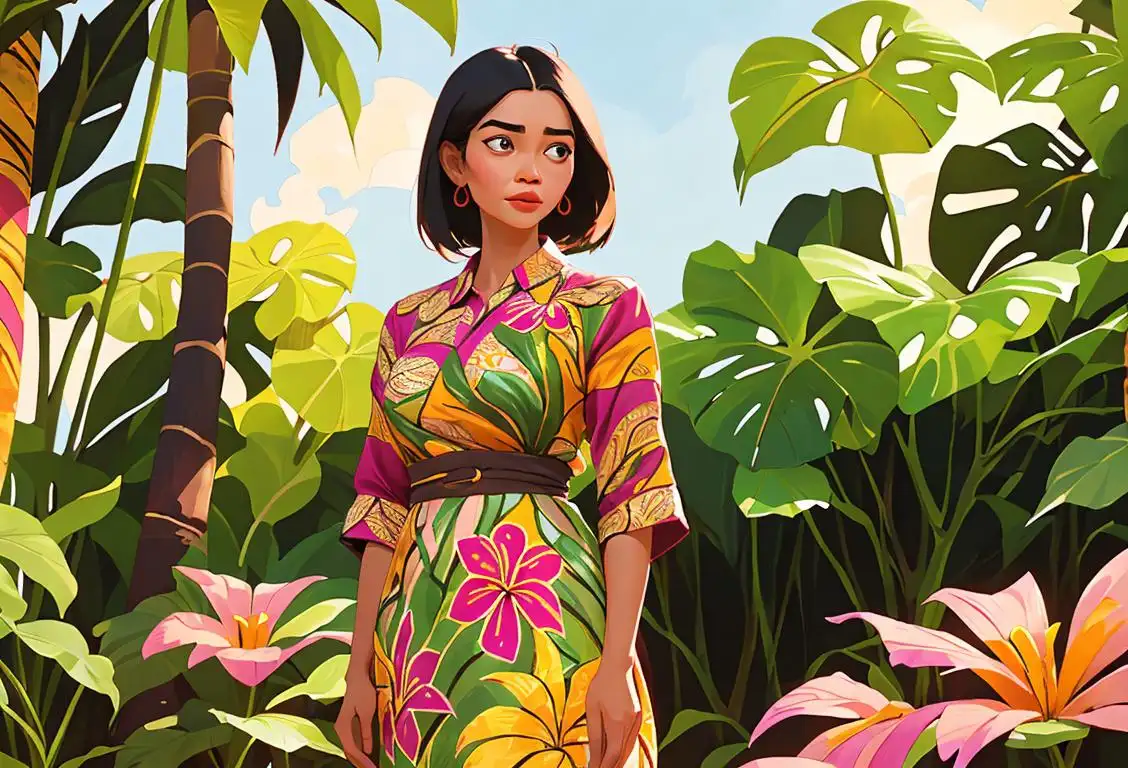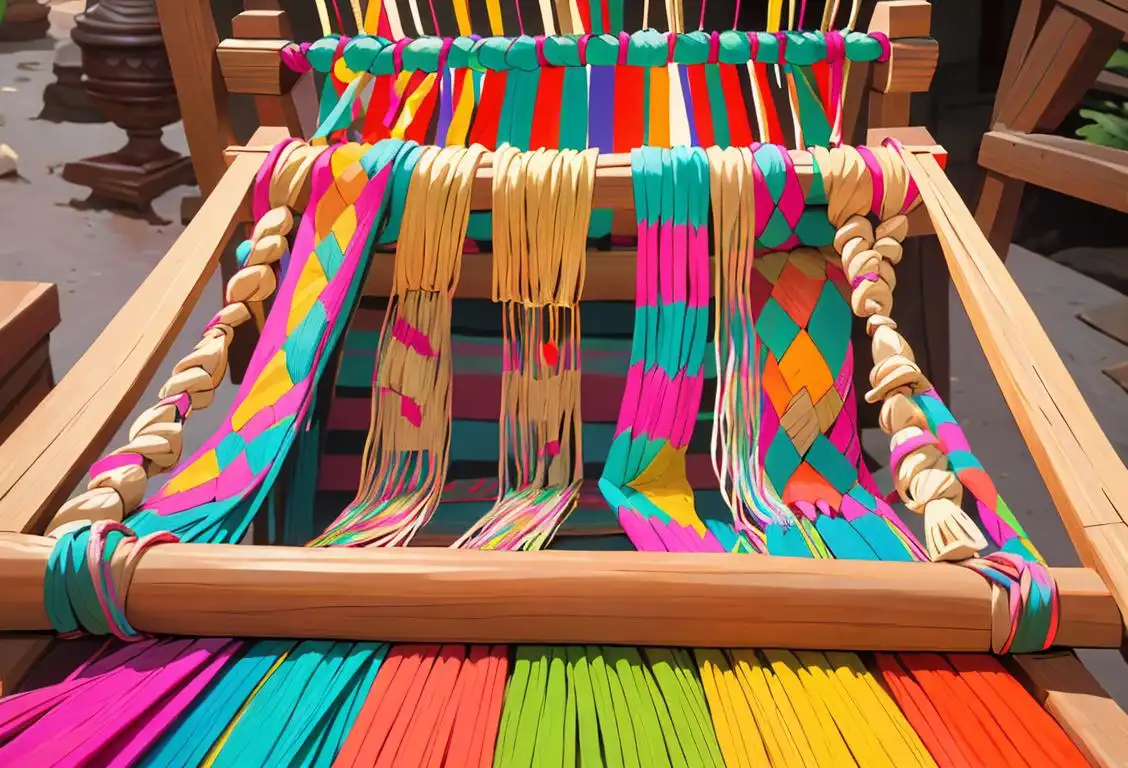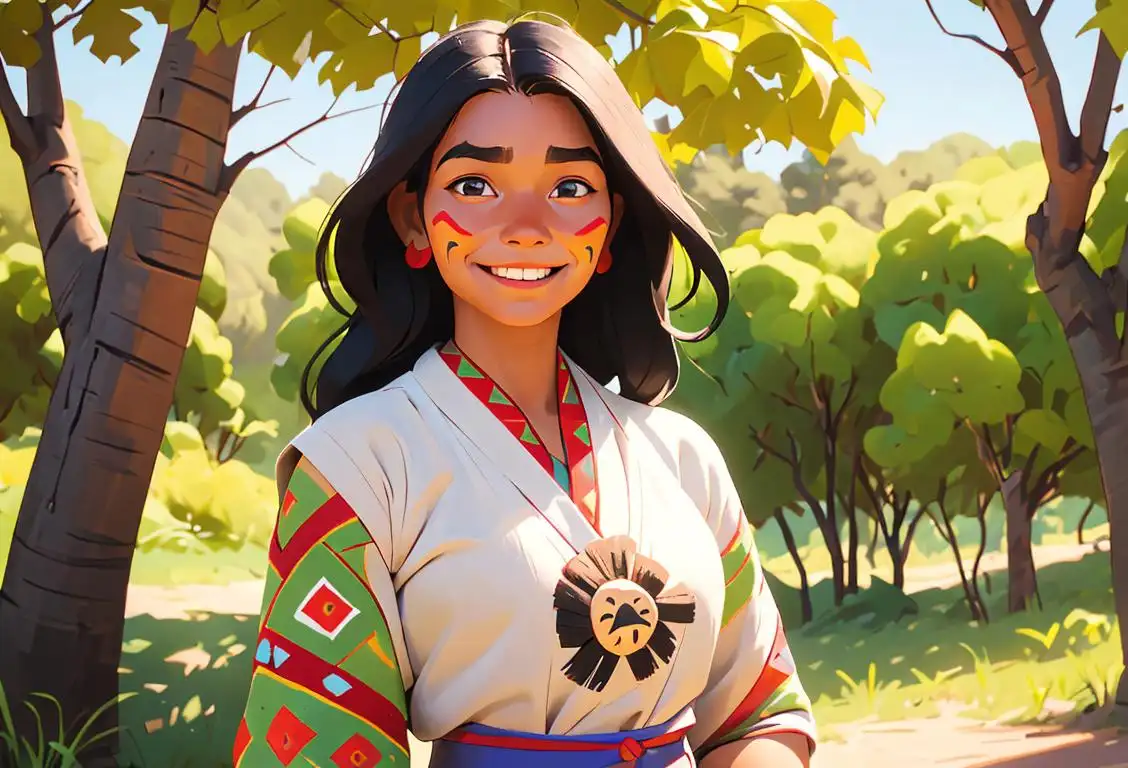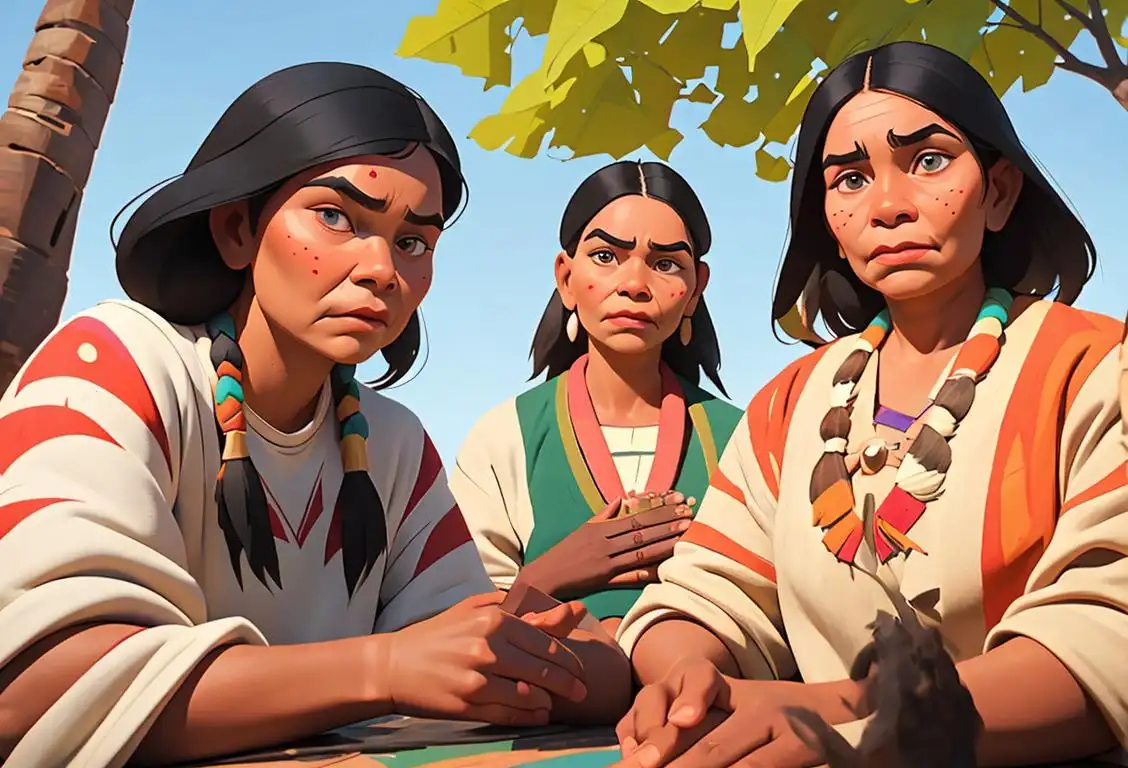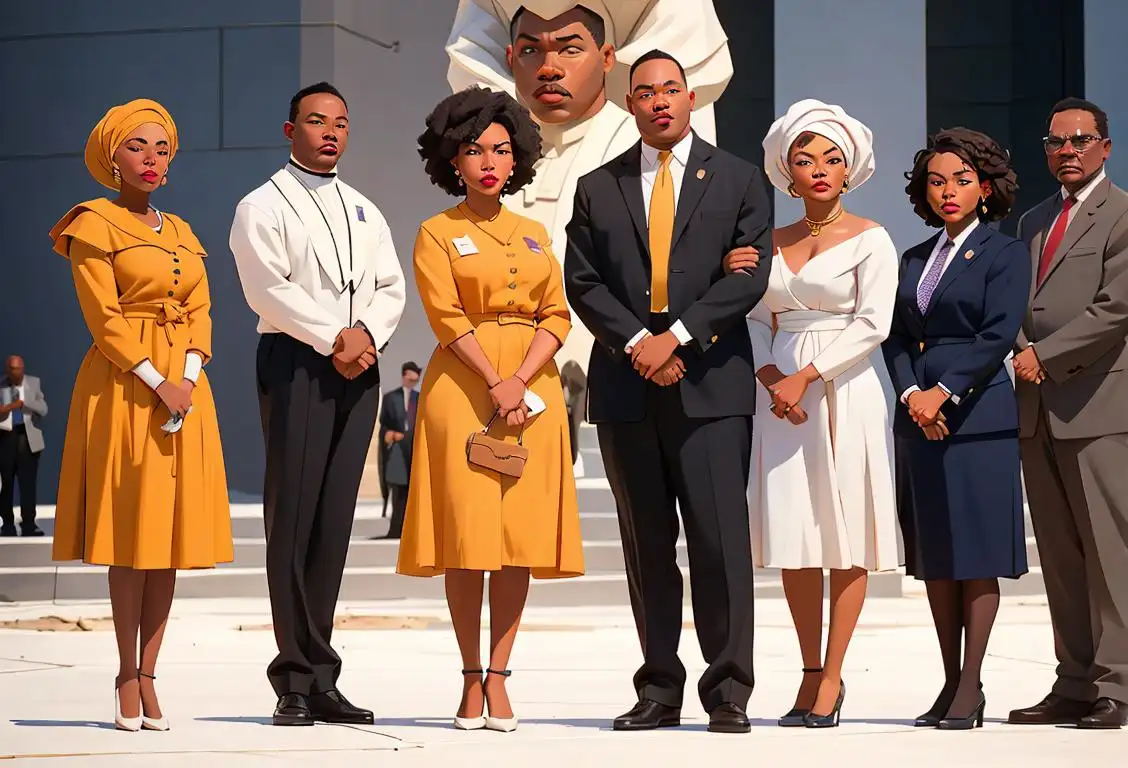National Kurdish Clothes Day
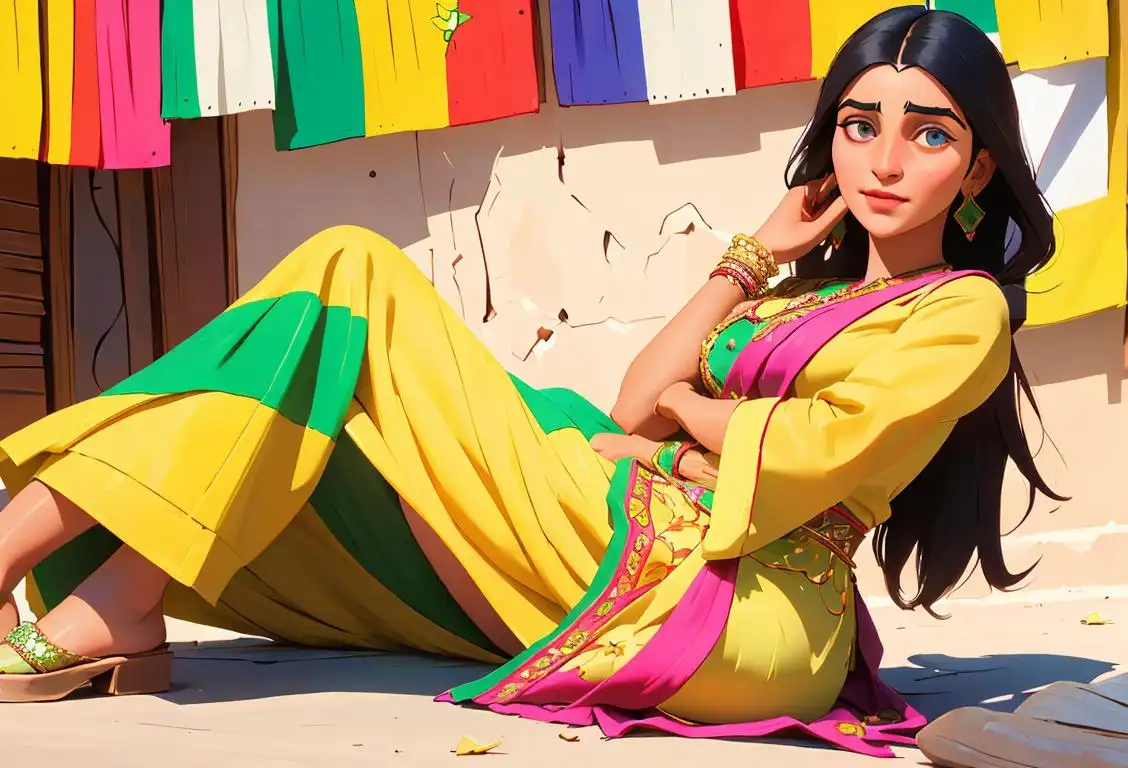
Welcome to the fascinating world of National Kurdish Clothes Day! Get ready to dive into the vibrant history and stylish traditions of Kurdish clothing. From colorful dresses to intricate embroidery, this national day celebrates the unique fashion heritage of the Kurdish people.
When is Kurdish Clothes Day?
It's national kurdish clothes day on the 10th March.
A Fashion Journey Through Kurdish Culture
On National Kurdish Clothes Day, we honor the rich and diverse clothing traditions of the Kurdish people. From the rugged mountain regions of Kurdistan to bustling urban areas, Kurdish clothing reflects both practicality and cultural expression.
Throughout history, Kurdish garments have played a significant role in showcasing the social status, ethnic identity, and regional affiliation of individuals. Traditional Kurdish attire often varies depending on the wearer's gender, age, and occasion.
Women's clothing typically includes long, flowing dresses called jilê or dimilî, accompanied by vibrant headscarves and intricate accessories. These garments beautifully showcase the artistry and craftsmanship of Kurdish weavers and embroiderers.
Men traditionally wear shalvar or baggy pants, combined with a kavat or loose vest. A colorful sash called a peştî is often worn around the waist, adding a touch of flair to the ensemble.
Children are not left out when it comes to Kurdish fashion! From a young age, they are adorned in miniature versions of traditional clothing, ensuring that cultural traditions are passed down from one generation to the next.
The Symbolism of Kurdish Clothing
Kurdish clothing is more than just fabric and threads. It's a symbol of identity, heritage, and unity among the Kurdish people. Different regions within Kurdistan have their own distinct styles, patterns, and motifs, allowing individuals to proudly showcase their unique cultural affiliations.
Embroidery is a prominent feature in Kurdish clothing, symbolizing the intricate tapestry of Kurdish life. Each stitch tells a story, depicting historical events, natural beauty, and the spirit of the Kurdish people.
When celebrating National Kurdish Clothes Day, take a moment to appreciate the cultural significance and craftsmanship behind each garment. Embrace the beauty and diversity of Kurdish fashion, and let it inspire your own sense of style!
History behind the term 'Kurdish Clothes'
Ancient times
Early Origins
The history of Kurdish clothing can be traced back to ancient times. The Kurdish people, an ethnic group with a distinct culture and language, have a rich history of intricate textile traditions. The earliest evidence of Kurdish clothing can be found in ancient statues, carvings, and historical accounts dating back thousands of years.
Medieval Period
Evolution and Influences
During the medieval period, Kurdish clothing went through an evolution and was influenced by various cultures. The interaction with neighboring regions, such as Persia, the Ottoman Empire, and the Arab world, played a significant role in shaping the style, fabrics, and designs of Kurdish attire. This period saw a fusion of Kurdish traditional elements with Persian, Turkish, and Arab influences.
19th Century
Distinctive Kurdish Costume
In the 19th century, Kurdish clothing began to take on a more distinctive form. The traditional costume known as 'Kurdish clothes' or 'Kurdish costume' emerged, characterized by its vibrant colors, intricate embroidery, and unique patterns. The clothing typically consisted of loose-fitting garments, with men wearing baggy trousers and long shirts, while women adorned themselves with long dresses, headscarves, and embroidered aprons.
20th Century
Modernity and Changing Trends
As the 20th century progressed, modernity and changing lifestyles started to impact the way Kurdish people dressed. Western fashion trends, mass production of clothing, and urbanization influenced the Kurdish wardrobe. Many Kurdish individuals adopted Western-style clothing, especially in urban areas, while others sought to preserve and promote their traditional attire as a symbol of cultural identity.
Present Day
Revival and Cultural Identity
In recent years, there has been a revival of interest in Kurdish clothing and a renewed emphasis on cultural identity. Kurdish designers, artisans, and activists have been working to promote and preserve traditional clothing techniques, reviving ancient weaving and embroidery skills. Kurdish clothes are now celebrated as a symbol of Kurdish cultural heritage, worn proudly by many to showcase their roots and history.
Did you know?
Did you know that Kurdish clothing has been cherished for centuries and has even inspired modern fashion trends around the world?Tagged
culture tradition heritageFirst identified
10th March 2016Most mentioned on
10th March 2021Total mentions
354Other days
Kurdish Clothes Day
Catalan Day
Batik Day
Handloom Day
Indigenous Languages Day
Goth Day
Acadian Day
Aborigines Day
Aboriginal Indigenous Peoples Day
Museum Of African American History And Culture For Mlk Day

